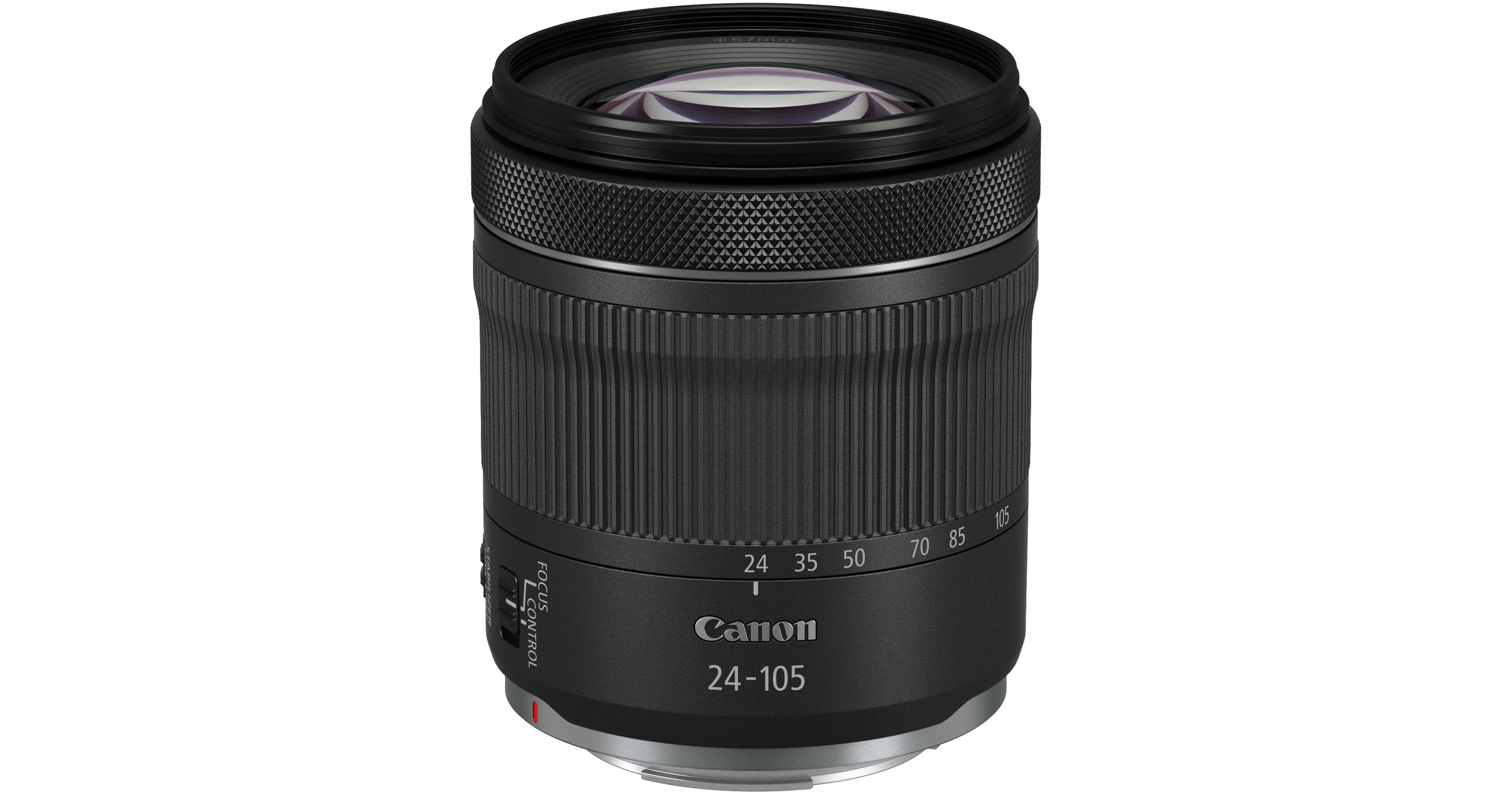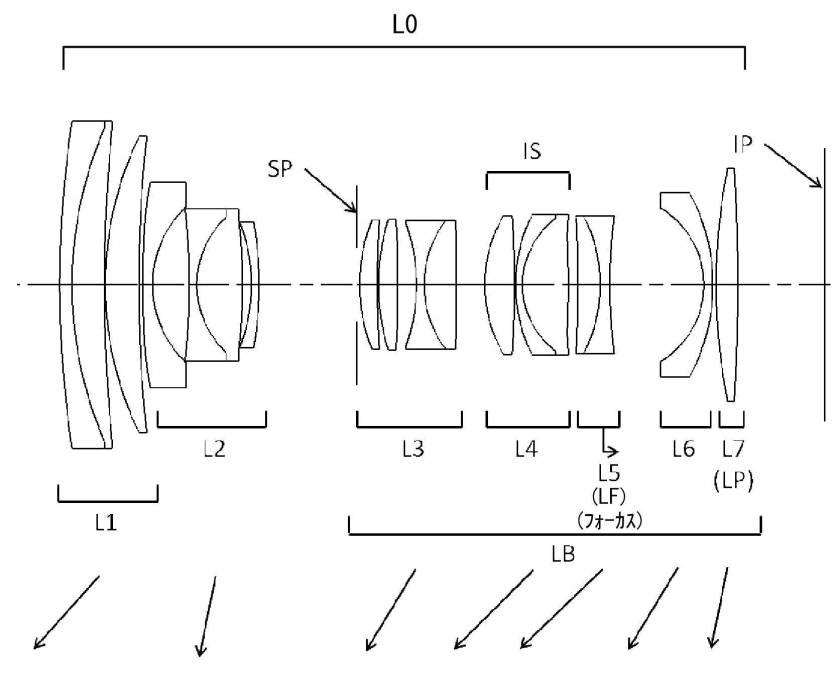It really is difficult to understand. The lens itself is an f4; but imagine, you mount an EF-S lens on a Full Frame body, you will get heavy vignetting. This is because the lens is designed for a smaller sensor. The focal length compared to what the sensor sees from the same spot is also different.
If you look at the amount of light hitting the sensor while shooting the same picture (with different sensor sizes), than an MFT sensor needs a 2 stops better aperture for the same amount of light hitting the sensor.
Same absolute amount, yes. Same brightness, no. In the "There's an interesting bear/lion/eagle half a mile away" case both the exposure and DoF would be the same for the same f-stop, since it's the same as cropping the FF image in post to match the MFT crop.
Upvote
0


